
The general goal of the Plan by 2025 is for Vietnam to become an attractive destination with high tourism development capacity in the world .
By 2030, tourism will truly become a spearhead economic sector, developing towards green growth; becoming a destination with the world's leading development capacity. In 2025, strive to welcome 25 - 28 million international visitors. Specific goals: in 2025, strive to welcome 25 - 28 million international visitors; 130 million domestic visitors, maintaining a domestic visitor growth rate of 8 - 9%/year. By 2030, welcome 35 million international visitors, a growth rate of 13 - 15%/year; welcome 160 million domestic visitors, a domestic visitor growth rate of 4 - 5%/year. Strive to directly contribute 8 - 9% to GDP in 2025; directly contribute 13 - 14% to GDP in 2030. Regarding the demand for accommodation rooms, by 2025, it will be about 1.3 million rooms; by 2030, it will be about 2 million rooms. According to the Plan, by 2025, tourism will create about 6.3 million jobs, of which about 2.1 million are direct jobs; by 2030, it will create about 10.5 million jobs, of which about 3.5 million are direct jobs. In terms of culture and society, tourism contributes to preserving and promoting cultural values, creating livelihoods for the community, contributing to the successful implementation of national target programs; improving people's knowledge and spiritual life. In terms of the environment, developing sustainable tourism associated with environmental protection; effectively responding to climate change. By 2030, 100% of tourist areas and destinations; tourist accommodation establishments and other coastal service businesses will not use disposable plastic products and hard-to-decompose nylon bags. Regarding security and defense, tourism contributes to affirming and protecting national territorial sovereignty , maintaining security, order and social safety. By 2045, tourism will affirm its role as a driving force of the economy; a prominent global destination, among the group of leading tourism developing countries in the Asia-Pacific region. Striving to welcome 70 million international visitors; total revenue from tourists reaching about 7,300 trillion VND; contributing 17 - 18% to GDP. Recovering and maintaining the growth momentum of the domestic tourist market For the domestic market, according to the Plan, in the period of 2021 - 2025, recover and maintain the growth momentum of the domestic tourist market. In the period of 2026 - 2030: Promote the exploitation of high-paying market segments, long-term stays, new markets for golf tourism, sports tourism, and adventure tourism. For the international market, in the period of 2021 - 2025, restore traditional markets, combine with attracting emerging markets: India, Middle Eastern countries. In the period of 2026 - 2030: Maintain and expand the scale of traditional markets: Northeast Asian countries, Southeast Asian countries, Europe, North America, Russia and Eastern Europe, Oceania; diversify markets, shift towards increasing the market share of customers with high spending ability. Optimally exploit sea and island tourism resources Regarding the orientation of product development, according to the Plan, sea and island tourism resources will be optimally exploited to develop tourism products that are competitive with countries in the region in terms of sea resorts, marine ecology and cruise tourism. Develop high-end sea resort centers with strong brands in the international market. Promote regional and local cultural values as the foundation for building tourism products associated with heritage, festivals, sightseeing and learning about lifestyles and cuisine; Connecting Vietnamese heritages with countries in the region and the world; effectively linking tourism with cultural industry. Developing ecotourism products based on the advantages of natural resources, especially in world biosphere reserves, national parks, nature reserves and marine reserves; attaching importance to developing mangrove ecotourism, garden ecotourism, cave ecotourism, river and lake ecotourism. Developing tourism products associated with central cities: Hanoi, Ho Chi Minh City, Da Nang, Hai Phong, Can Tho; specific urban areas, such as: Hoi An heritage urban area (Quang Nam), Hue (Thua Thien Hue); key urban areas for tourism development, such as: Sa Pa (Lao Cai), Ha Long (Quang Ninh), Nha Trang (Khanh Hoa), Da Lat (Lam Dong), Phan Thiet (Binh Thuan), Phu Quoc (Kien Giang); focusing on linking tourism with cultural industry and developing the night-time economy. In addition, develop new types of tourism in the direction of diversifying products in line with new market trends: tourism combined with medical treatment, health care and aesthetics; agricultural and rural tourism; sports tourism, adventure sports; conference, seminar and event tourism (MICE); educational tourism; cruise tourism; industrial tourism. Develop unique and outstanding tourism products by region; form typical tourism products of the region and build regional tourism brands on the basis of strengthening regional linkages. Form 8 dynamic tourism development areas . The planning for the development of Vietnam's tourism space includes: 6 regions, 3 growth poles, 8 dynamic areas, 5 main tourism corridors, 11 tourism centers; form a system of national tourist areas and potential locations to develop into national tourist areas. Specifically, build and form 8 dynamic tourism development areas to concentrate resources, maximize investment efficiency, spread, promote the benefits and values of tourism. By 2030, focus on forming 6 dynamic areas: 1 - Dynamic tourism development area of Hanoi - Hai Phong - Quang Ninh - Ninh Binh: Promote tourism development in the Red River Delta region, more broadly the entire Northern region, diversely combining and complementing each other in terms of cultural and historical tourism products with sea tourism, world heritage. 2 - Dynamic tourism development area of Thanh Hoa - Nghe An - Ha Tinh: Create support in the direction of combining diverse tourism products associated with ecology, world heritage, cultural history, beliefs with sea tourism, source tourism, community tourism associated with ethnic minorities in mountainous areas. 3 - Dynamic tourism development area of Quang Binh - Quang Tri - Thua Thien Hue - Da Nang - Quang Nam: Promote tourism development in the North Central and Central Coast regions; connect domestic and international world heritages, link cultural tourism products with urban tourism and beach resorts. 4 - Dynamic tourism development area of Khanh Hoa - Lam Dong - Ninh Thuan - Binh Thuan: Promote tourism development on the basis of strengthening the connection between the North Central and Central Coast regions with the Central Highlands; diversify products on the basis of connecting mountain resort tourism with beach resorts, delta culture with the cultural space of the Central Highlands gong. 5 - Dynamic tourism development area of Ho Chi Minh City - Ba Ria - Vung Tau: Promote tourism development in the entire Southeast region, link tourism development with the Southern economic corridor. 6 - Dynamic tourism development area of Can Tho - Kien Giang - Ca Mau: Promote tourism development in the entire Mekong Delta region, linking tourism development with the coastal economic corridor of the Southern economic corridor. After 2030, 2 dynamic areas will be formed: 1 - Dynamic tourism development area of Lao Cai - Ha Giang: Promote tourism development in the entire Northern Midlands and Mountains region, connecting with the tourist market in Yunnan (China) and linking tourism development along the Kunming - Hanoi - Hai Phong economic corridor; 2 - Dynamic tourism development area of Hoa Binh - Son La - Dien Bien : Promote tourism development for the Northwest sub-region in the Northern Midlands and Mountains, linking tourism development along the East-West economic corridor along National Highway 6. Focus on key tourism markets and new markets. According to the Plan, priority will be given to budget support for market research activities, focusing on key tourism markets and new markets. Maintain market promotion activities for traditional international tourism markets. Improve the effectiveness of research and market promotion activities in a professional and modern direction; build a synchronous and complete national database system on tourism markets. Diversify and improve the quality of tourism products and services with local and regional characteristics. Develop entertainment products associated with the night-time economy and cultural industry, focusing on tourism centers. Developing tourism human resources According to the Plan, standards will be developed and implemented to standardize tourism human resources; promulgate and implement school standards to improve tourism training and fostering capacity, gradually integrating with regional occupational standards. Strengthen cooperation and linkage with prestigious domestic and international training institutions, between training institutions and tourism enterprises to develop tourism human resources, meeting the training needs of enterprises. Diversify training forms: Formal training and vocational training; supplementary training, short-term training; focus on supplementary training of new knowledge and skills and enhance training at enterprises, for the community participating in tourism business. Upgrade facilities, equipment, training programs, teaching staff, textbooks and teaching materials for tourism training institutions. Source: https://doanhnghiepvn.vn/kinh-te/quy-hoach-den-nam-2030-du-lich-thuc-su-tro-thanh-nganh-kinh-te-mui-nhon/20240614095751462

![[Photo] President Luong Cuong presents the 40-year Party membership badge to Chief of the Office of the President Le Khanh Hai](https://vphoto.vietnam.vn/thumb/1200x675/vietnam/resource/IMAGE/2025/5/19/a22bc55dd7bf4a2ab7e3958d32282c15)
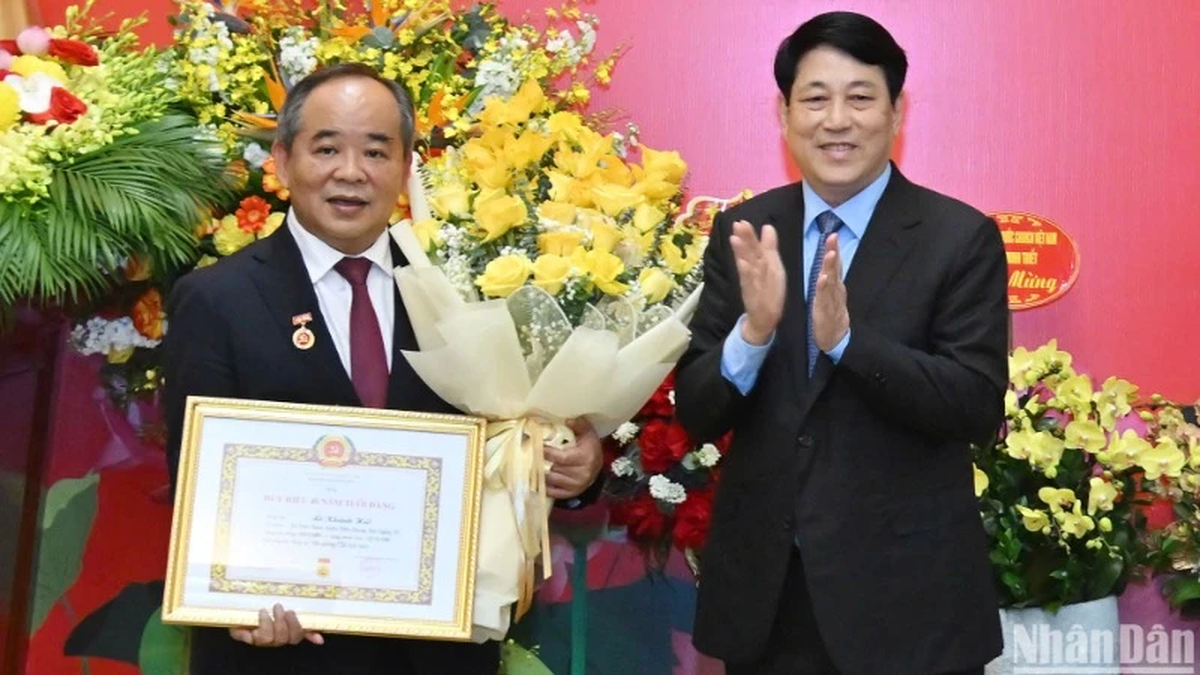
![[Photo] General Secretary To Lam attends the conference to review 10 years of implementing Directive No. 05 of the Politburo and evaluate the results of implementing Regulation No. 09 of the Central Public Security Party Committee.](https://vphoto.vietnam.vn/thumb/1200x675/vietnam/resource/IMAGE/2025/5/19/2f44458c655a4403acd7929dbbfa5039)
![[Photo] Panorama of the Opening Ceremony of the 43rd Nhan Dan Newspaper National Table Tennis Championship](https://vphoto.vietnam.vn/thumb/1200x675/vietnam/resource/IMAGE/2025/5/19/5e22950340b941309280448198bcf1d9)
![[Photo] Close-up of Tang Long Bridge, Thu Duc City after repairing rutting](https://vphoto.vietnam.vn/thumb/1200x675/vietnam/resource/IMAGE/2025/5/19/086736d9d11f43198f5bd8d78df9bd41)
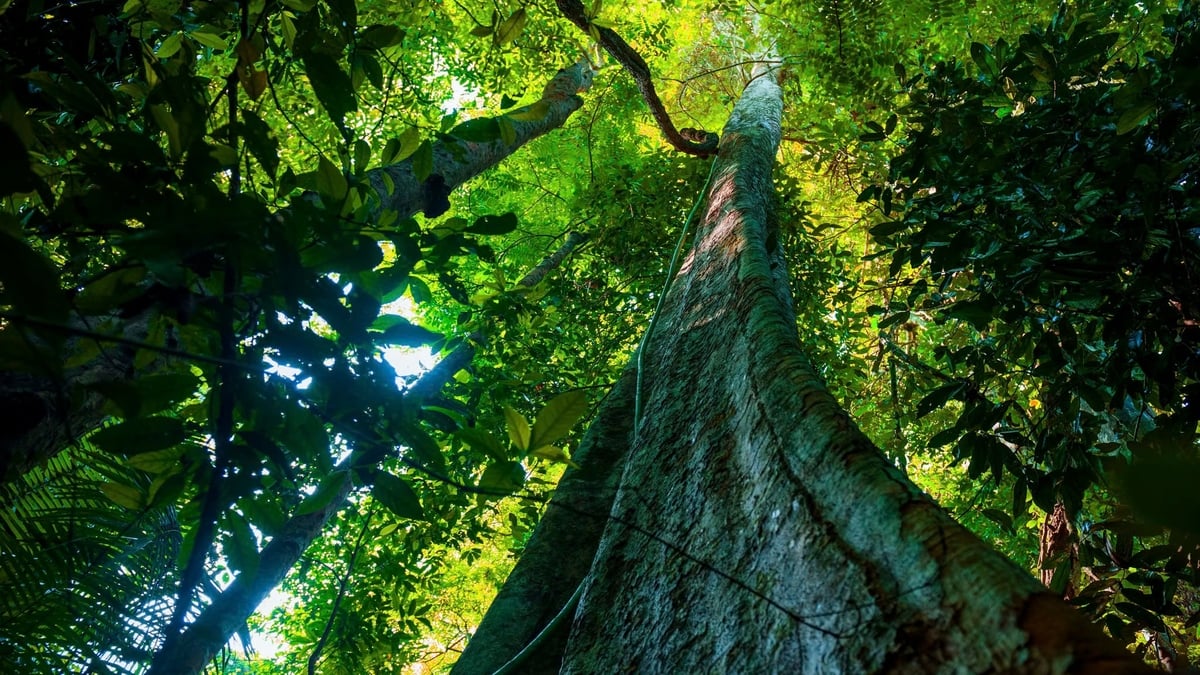
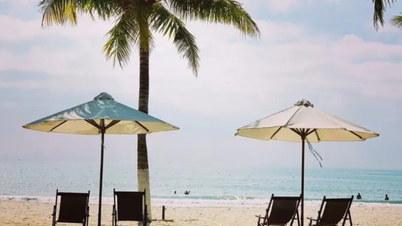

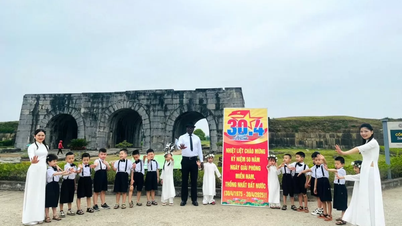

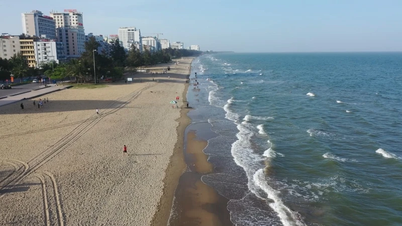

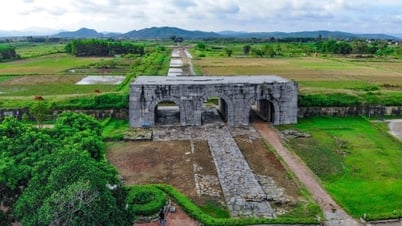

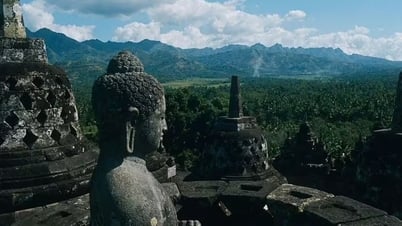





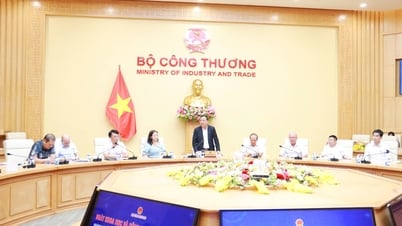
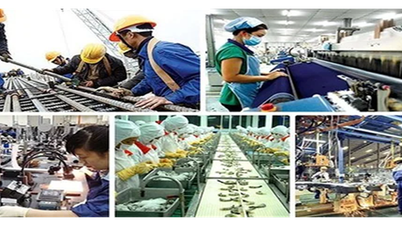

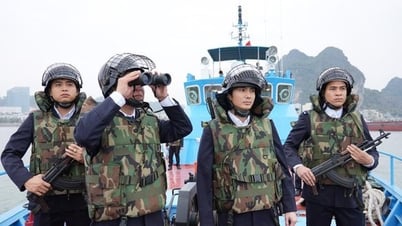










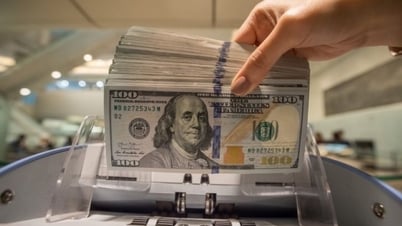
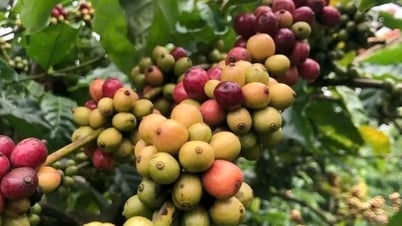
![[Photo] Prime Minister Pham Minh Chinh inspects the progress of the National Exhibition and Fair Center project](https://vphoto.vietnam.vn/thumb/1200x675/vietnam/resource/IMAGE/2025/5/19/35189ac8807140d897ad2b7d2583fbae)
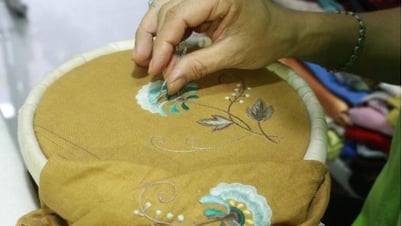





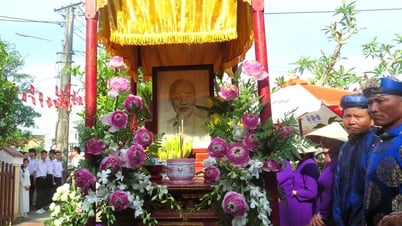
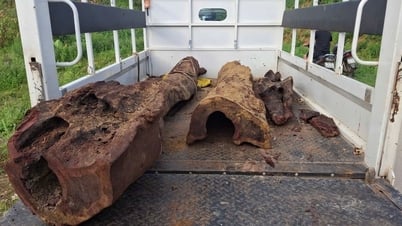










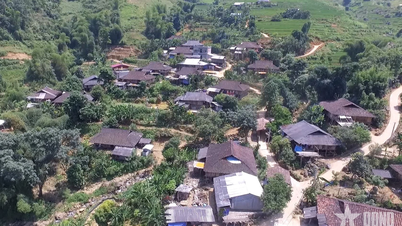


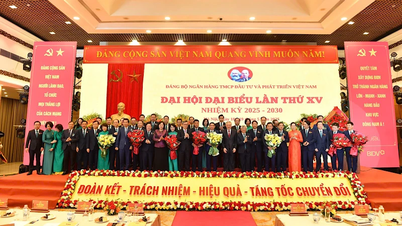

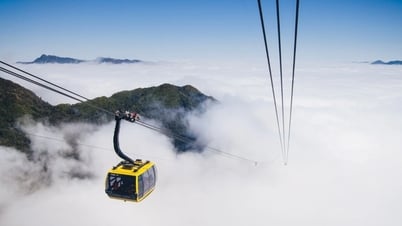




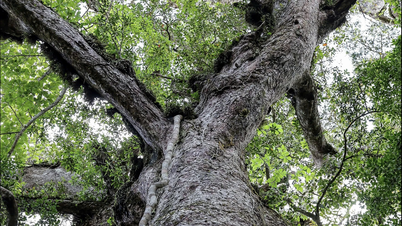
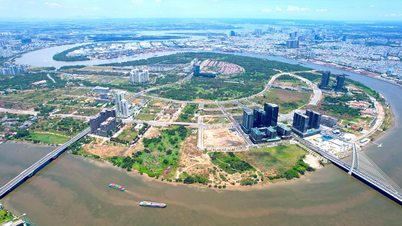


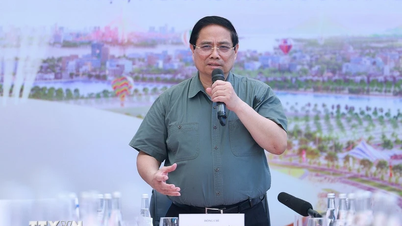
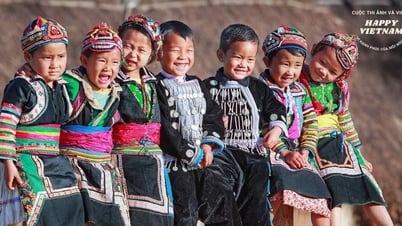



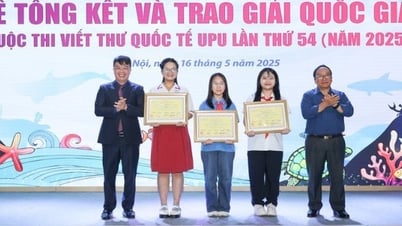

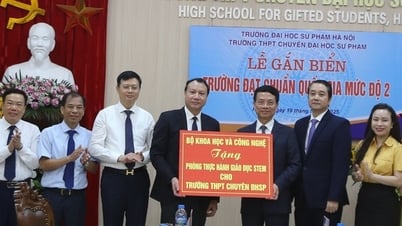




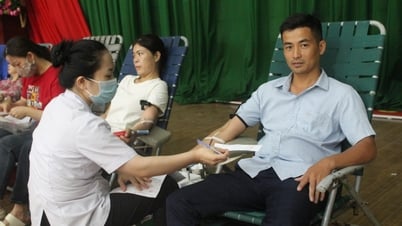

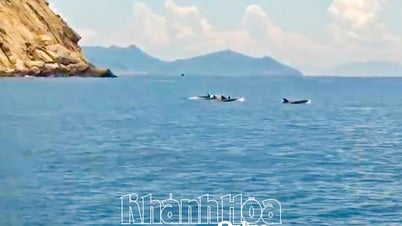

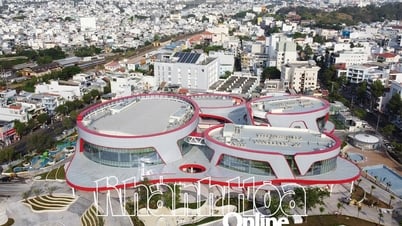



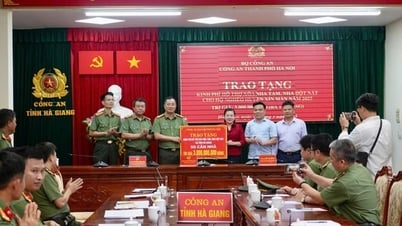




![[VIDEO] - Enhancing the value of Quang Nam OCOP products through trade connections](https://vphoto.vietnam.vn/thumb/402x226/vietnam/resource/IMAGE/2025/5/17/5be5b5fff1f14914986fad159097a677)


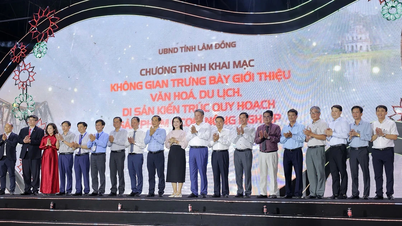
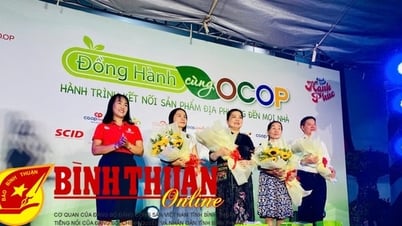

Comment (0)